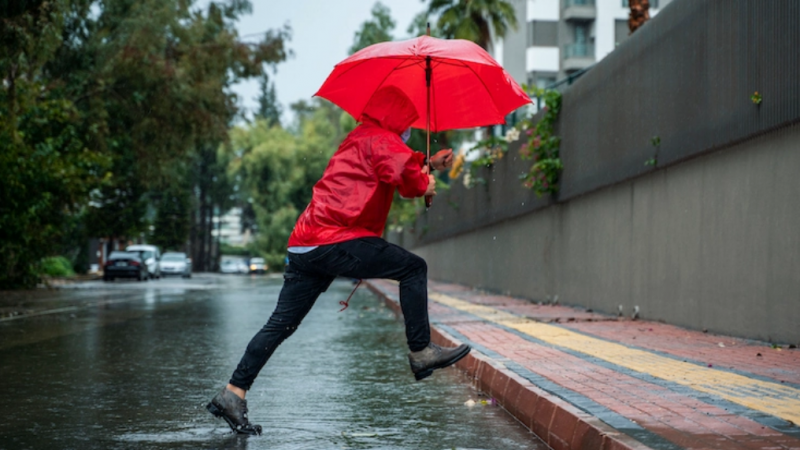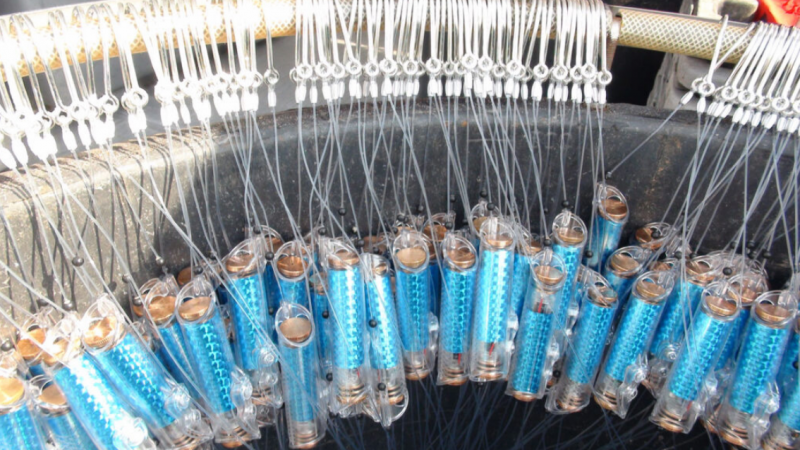How Drip Irrigation Installation Benefits the Environment
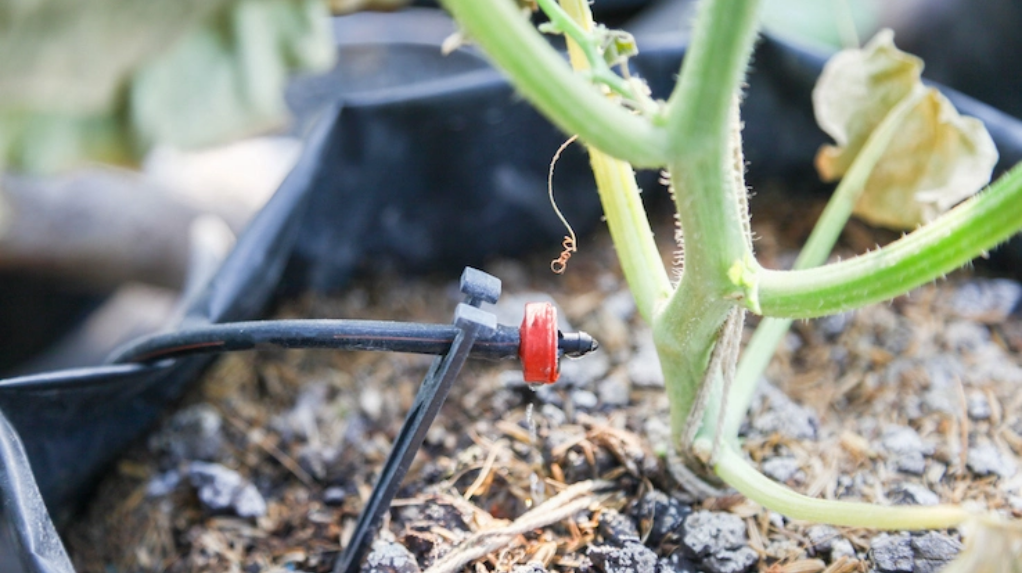
For a stable water supply that promotes plant growth and food security, farm irrigation systems are crucial. Unfortunately, some irrigation systems, particularly sprinkler or broadcast irrigation systems, have issues. The health of the plant is impacted by uneven watering, which results in growth in patches. When plants don’t get enough water, they either perish or don’t produce as much as they should. Additionally, there are overspray problems, in which the sprinkler system covers unirrigated areas. Energy and water are being wasted by these issues.
Sprinkler irrigation uses a lot of electricity and wastes a lot of water, which is terrible for the environment. We must adopt water conservation strategies to respond to current environmental concerns including climate change and water scarcity. Switching from sprinkler irrigation to drip irrigation is one method.
The Benefits of Drip Irrigation
Water and nutrients can be delivered slowly and directly to plant roots via drip irrigation, also known as trickle irrigation. Drip systems emit between 2 to 20 liters of water each hour, according to the Food and Agriculture Organization of the United Nations (FAO). Row crops and farmable slopes are best, and pure water is a must.
Drip irrigation hydrates plant roots directly. A sprinkler system’s ability to spray water directly on some plants’ roots results in uneven growth. However, every plant requires specific nozzles to hydrate its roots since drip systems are so precise. This makes it easier to access water.
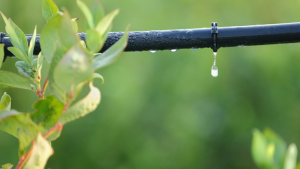
Additionally, the majority of the water in a drip system is absorbed by the soil around the roots and percolates slowly because of the drip system’s sluggish water release. This makes sure the plant absorbs the right amount of water. Unfortunately, there is no guarantee that the plant will benefit fully from a sprinkler system. Lesser soil absorption rates may result from runoff caused by the high pressure and speed of the water released. According to experts, a drip system almost completely eliminates water loss due to runoff.
The Break Free From Plastic Pollution Act: What Is It?
As a result, farmers that use drip irrigation may see an increase in agricultural productivity and income. This is because more water is used more effectively, plants are irrigated more creatively, and there is less money spent on water bills as a result of higher yield.
Drip irrigation system types
Drip irrigation systems come in a variety of designs, from simple DIY systems to complex commercial options. DIY farming techniques are crucial for farmers on a tight budget. A PVC drip system is a simple DIY task. Purchase a 3/4″ pipe, and then drill 1/16″ holes every 6″ on it. For tiny crops, this is effective. The 3/4-inch pipe works for larger crops, but you’ll need to drill 1/8-inch holes and construct a water-holding basin. Water will seep into the soil where the plant needs it after the basin is full. Laying your DIY pipes beforehand can also help you determine where to put the plants. It’s also a good idea to avoid using glue to join the pipes so you can adjust their arrangement as needed, especially while rotating crops.
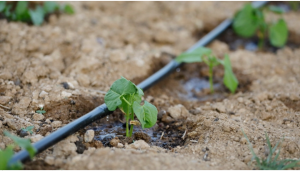
Also available is a clever drip system. The ideal choice is pressure compensating (PC) emitters. No matter what pressures are present, these emitters always release the same volume of water. All plants are irrigated at the same pressure and rate as a result of correcting any pressure differences and landscape orientation. Farmers on sloped terrain ought to think about this.
Emitters without pressure compensation can be used on flat terrain. Unfortunately, these don’t account for variations in pressure and elevation, which leads to greater irrigation in some agriculture areas than others. Depending on how level the farm is and the pressure at the water sources, this could not even be noticeable.
Some pressure and non-pressure compensating emitters, depending on the manufacturer, have self-flushing systems fitted to aid in clearing the waterways.
Other Environmentally Friendly Ways to Save Water
Planting plants that can adapt to your local climate is another way to conserve water. This practice is called xeriscaping. Xeriscaping, according to the National Geographic Society, is the art of landscaping with plants that use as little water as possible—or none at all—given the climate where they are grown. This implies that you will plant vegetation that thrives in moist environments. Plants that are adaptable to water constraint are needed in a drier climate. You avoid using the energy and money that irrigation systems would have required. According to reports, xeriscaping can cut water use by up to 75%. By choosing the appropriate plants that don’t use too much groundwater in arid locations, xeriscaping also encourages water conservation.
To only water your plants when they require it, use controllers with the WaterSense certification. According to reports, these controllers can help you save 15,000 gallons of water each year. Naturally, this also results in financial savings.
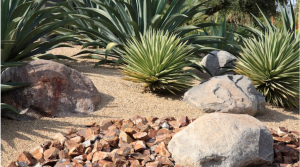
You should consider your whole water usage throughout the house as well, not simply at the farm or lawn. Fixing leaky faucets and pipes, utilizing low-flow showers and toilets, recycling greywater, taking shorter showers, and shutting off the faucet when brushing your teeth are all ways to save water indoors. Water-saving appliances, particularly those that require heating, such showerheads and sink faucets, use less energy overall, resulting in cheaper energy bills.
The need for water conservation is particularly pressing given the growing water shortage problems made worse by climate change. These tactics are crucial for everyone because of the additional benefits of saving money. A drip irrigation system increases the amount of water that is available to plants, increasing output and boosting farm income. Because the plants in your lawn are adapted to your local climate thanks to xeriscaping, you won’t need to water it excessively. Water and energy costs decrease when indoor water use is reduced. So you could start protecting both the environment and your wallet.


